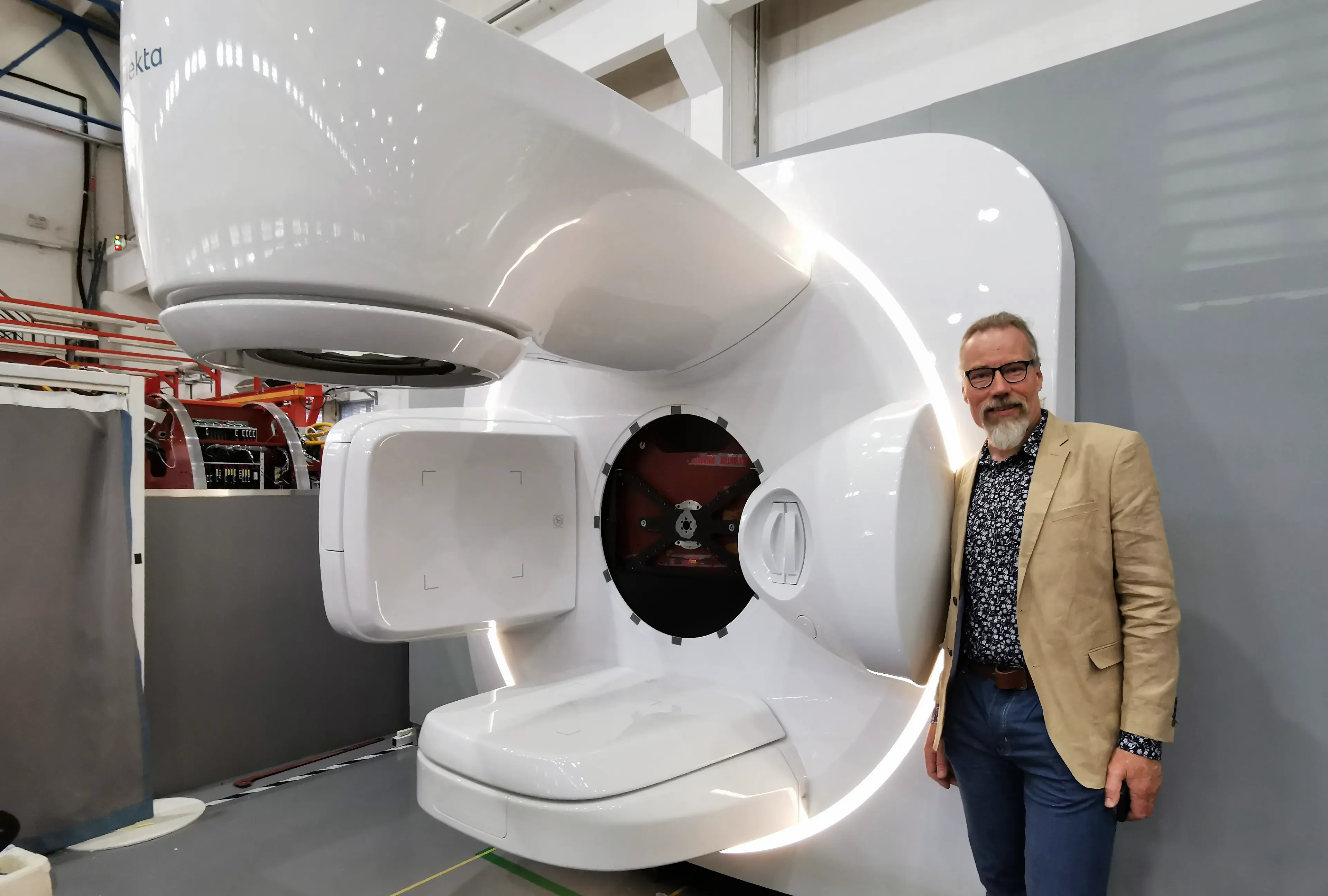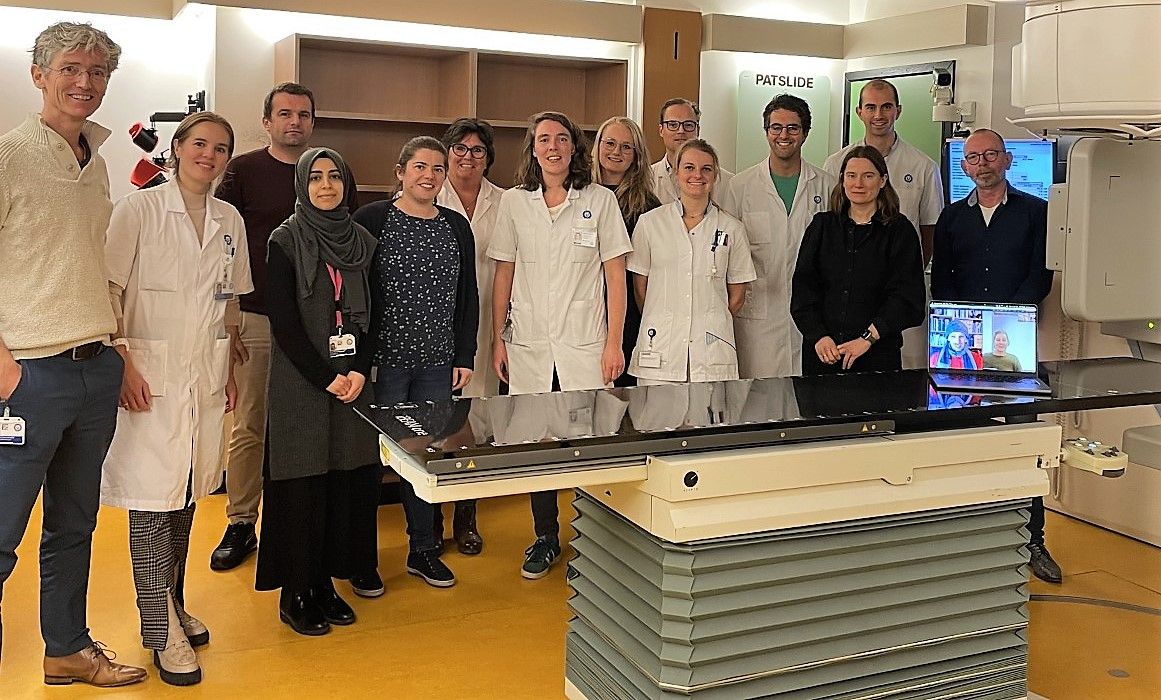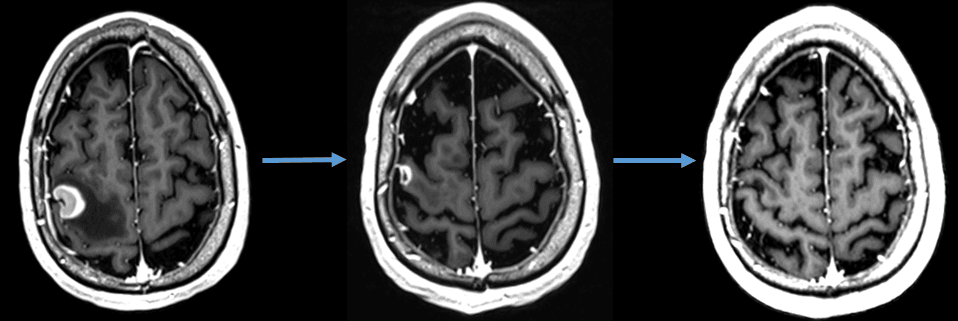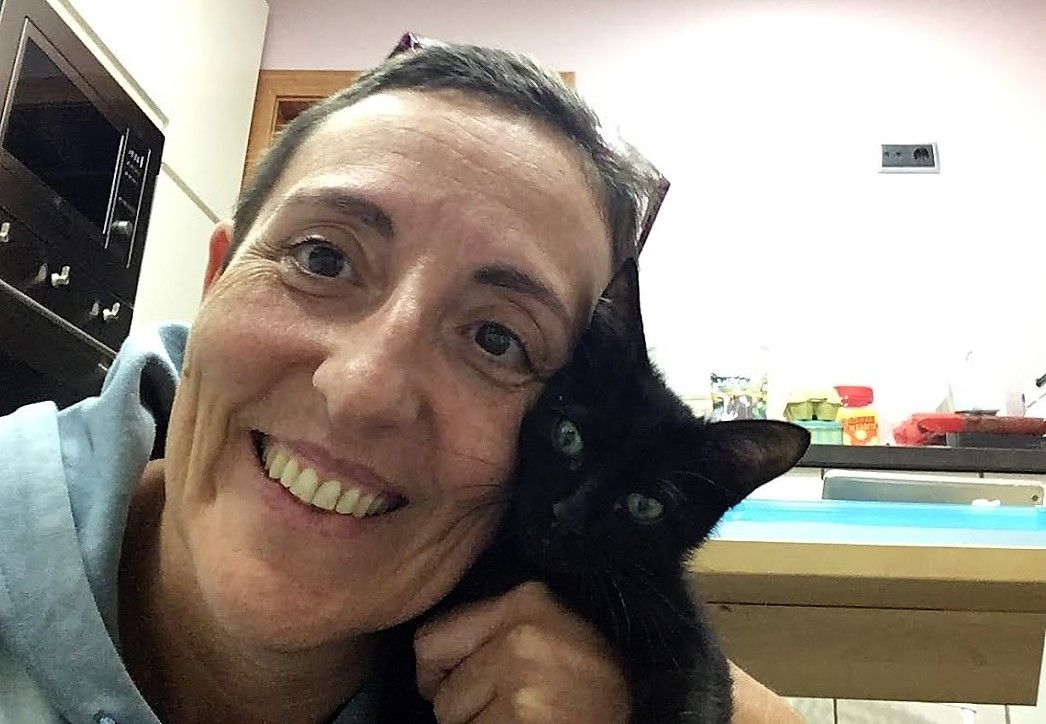Growth of MR-Linac Consortium reflects certainty in value of MR-guided radiotherapy
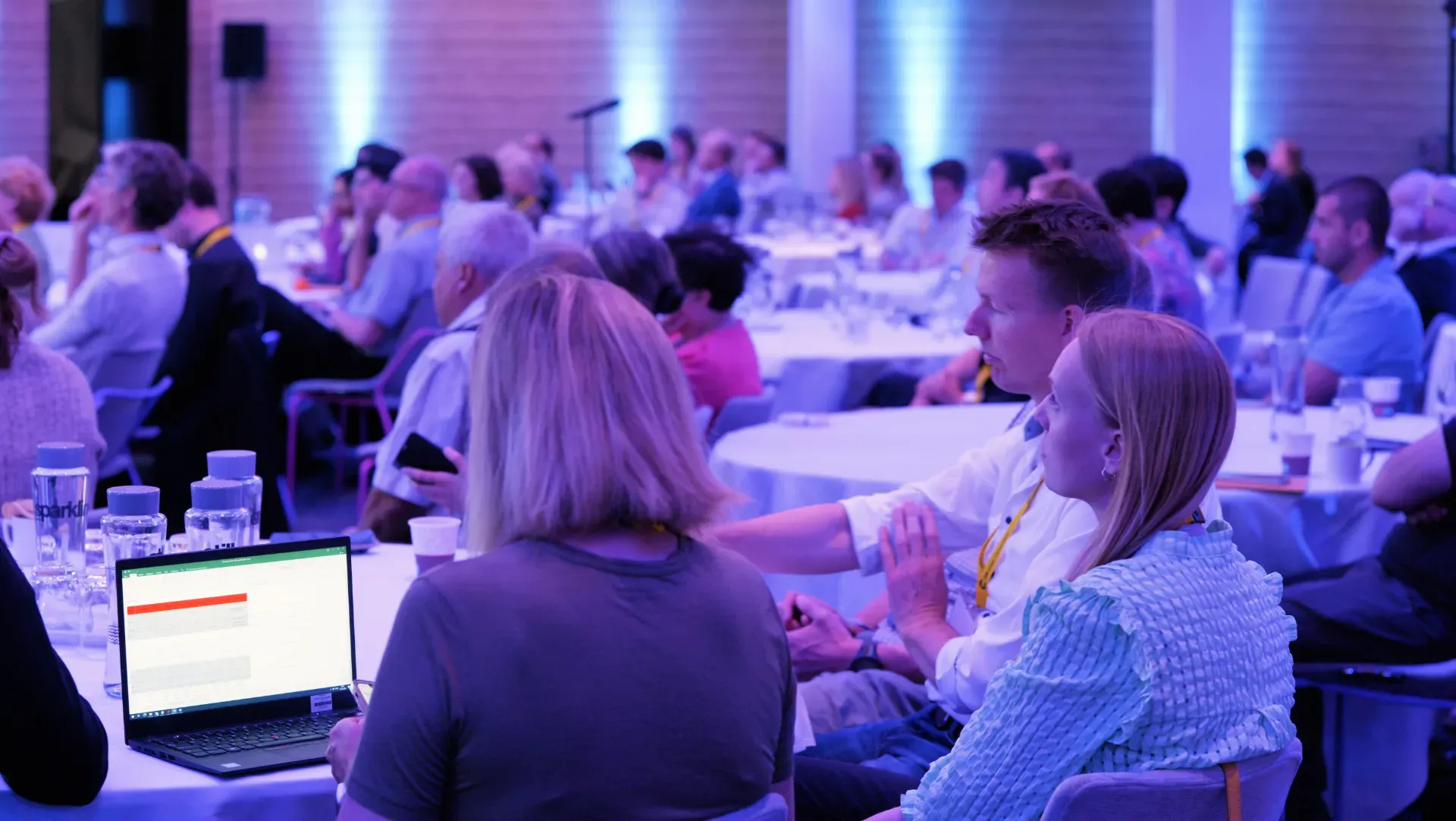
18th meeting boasts record in-person attendance, Consortium now 86 institutional members strong
The potential of high-field MR-guided radiotherapy (MRgRT) to transform cancer treatment was on full display at the 18th MR-Linac Consortium meeting, which convened June 14-16 in Amsterdam. Attracted by an impressive schedule of educational, clinical and technical sessions, a record number of 300 participants attended in person and over 300 joined virtually.
The enthusiasm and interest in MRgRT have also helped expand membership in the MR-Linac Consortium, which includes a diverse group of large and small clinics, both university-affiliated and non- affiliated – all driven by a vision to cure cancer and minimize side effects, according to Alison Tree, MD, leader of the consortium’s Clinical Steering Committee.
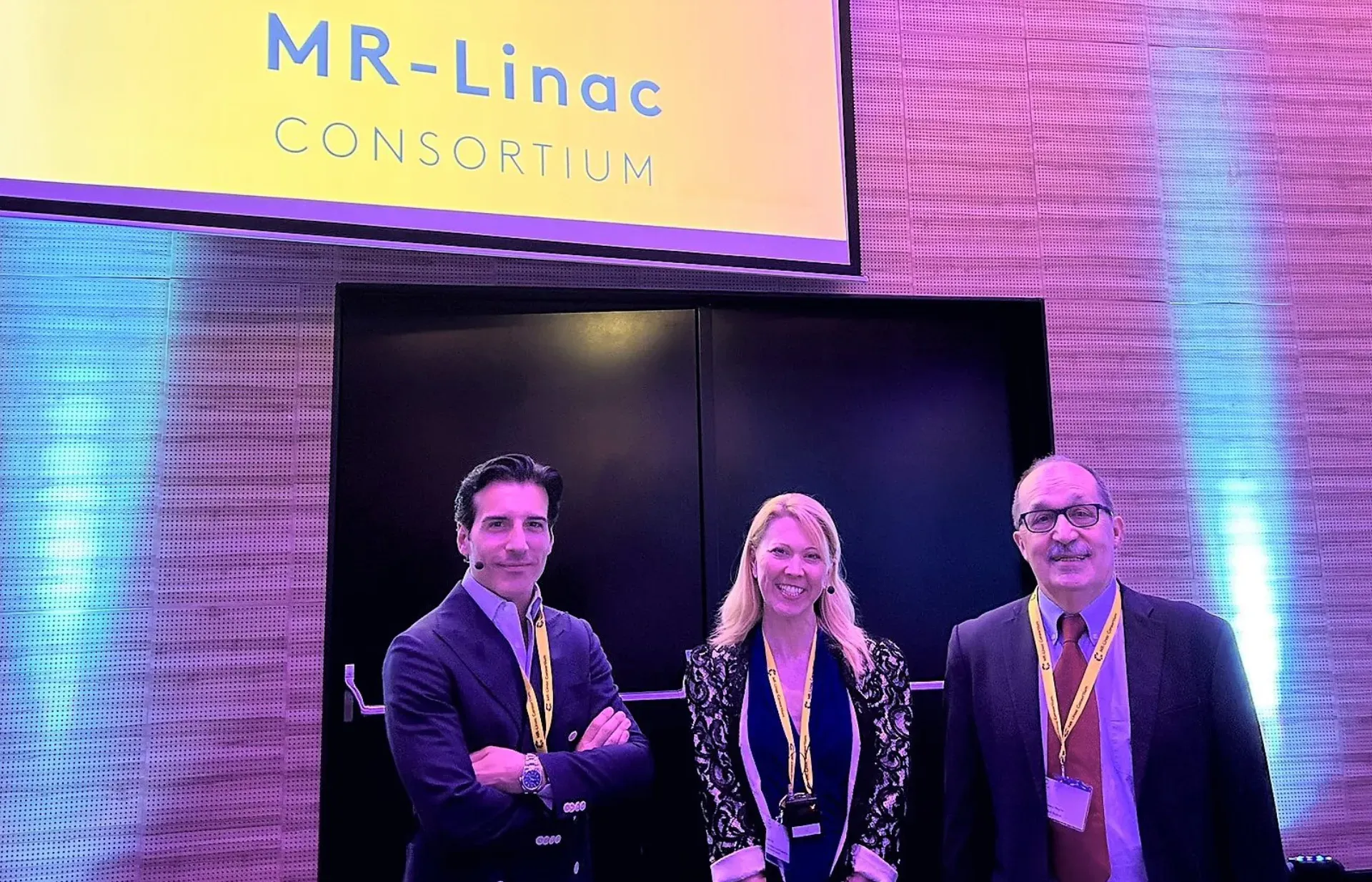
“The MR-Linac Consortium is really important because it enables the global community to come together in partnership to learn more from each other, allows us to learn faster how to optimize the treatment on Elekta Unity and how to improve patient care,” says Dr. Tree, who also is Consultant Clinical Oncologist at The Royal Marsden NHS Foundation Trust / The Institute of Cancer Research, London. “When I first came to the MR-Linac Consortium, it was just seven sites, plus Elekta and Philips, that came together and none of us had yet treated a patient. It’s now 86 sites spread across 28 countries in Europe, North America and the Asia-Pacific region.”
Accordingly, the growth of the consortium has boosted the scope and size of its meetings. This year’s conference featured 44 sessions (including workshops), 113 submitted abstracts, 41 oral presentations and 40 printed posters (plus e-posters).
“The in-person and virtual attendance and amount of information presented at the meeting are sure signs of the growing enthusiasm about Elekta Unity.”
“The in-person and virtual attendance and amount of information presented at the meeting are sure signs of the growing enthusiasm about Elekta Unity,” Dr. Tree says.
The meeting was co-hosted by the University of Brescia (Italy) and IRCCS Sacro Cuore Don Calabria Cancer Center of Negrar (Italy). Prof. Stefano Magrini (University of Brescia) and Prof. Filippo Alongi (Sacro Cuore Don Calabria Cancer Center of Negrar) were members of the meeting organizing committee.
“My overall impression of the meeting was very good,” Prof. Magrini, Full Professor of Radiation Oncology. “The organizing committee agreed to dedicate the first day of the meeting for new Elekta Unity users – introductory sessions to give them an understanding of the Consortium and its activities. The next two days were devoted to more in-depth clinical and technical sessions, as well as a specific session on the hypothesis testing program.”
According to Prof. Alongi, Full Professor and Chairman of the Advanced Radiation Oncology Department, since the introduction of Elekta Unity five years ago, perceptions have shifted about the role and potential clinical value of the system.
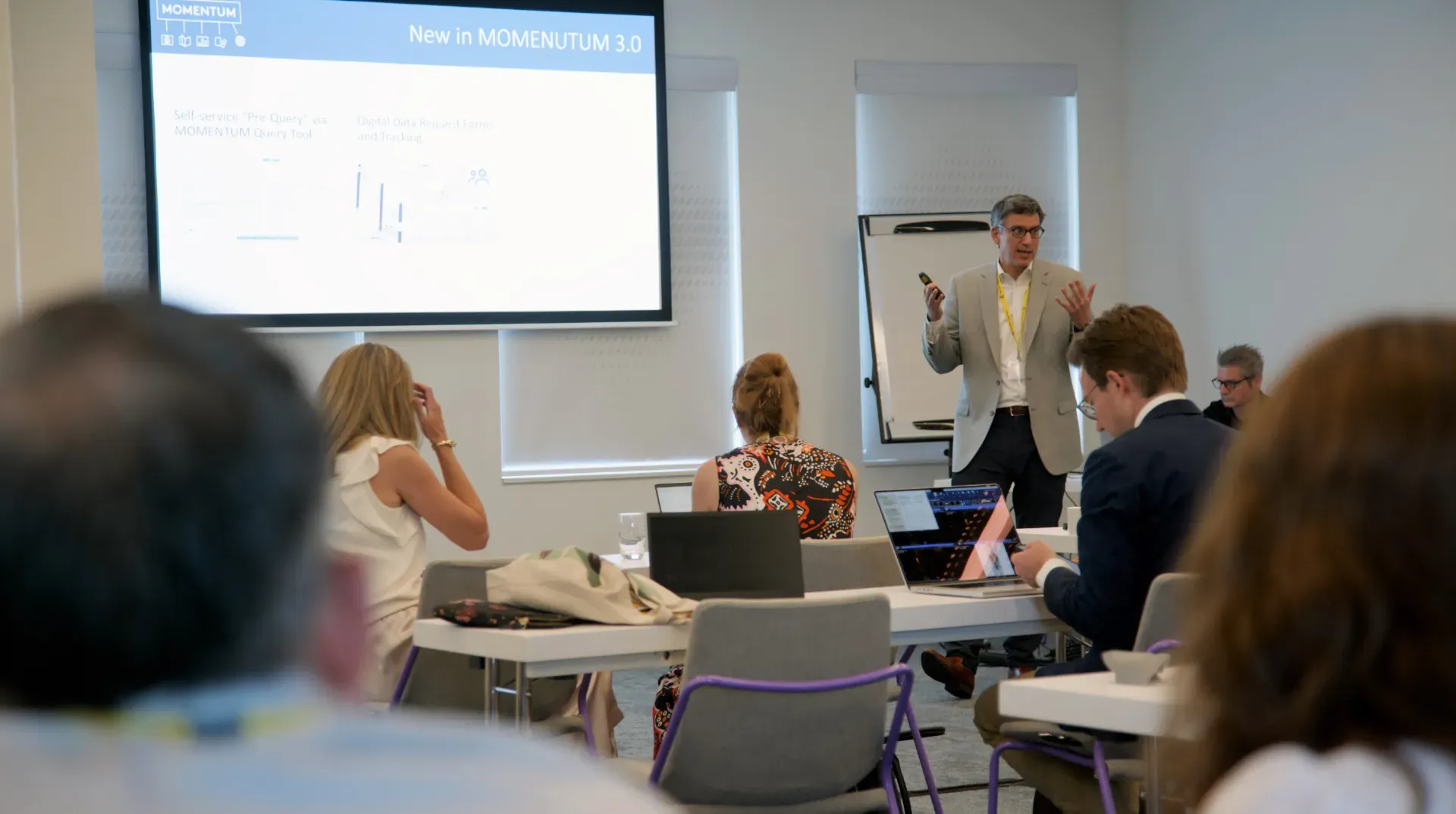
“In the beginning, the idea was that Unity would be dedicated for research and acquired only by centers that had the necessary financial resources. The notion of its clinical applicability was far in the future,” he observes. “This recent conference, in particular, underlined that centers could use Unity routinely on a daily basis for many different disease sites. Because of that, perceptions are changing, the MR-Linac Consortium is growing larger and – with a lot of presented data, experiences, patients treated and new insights on how to further improve treatment quality – the feasibility of MR-guided adaptive radiotherapy is not just a concept, it’s a fact.”
Many of the centers that use Elekta Unity every day contribute to the MOMENTUM trial, the multi-institutional, international registry that facilitates evidence-based implementation of Elekta Unity technology. Conference attendees received updates on the study’s progress and agreed that results from this large cohort of patients support the evidence of safety of this innovative technology.
“The MOMENTUM trial now has over 4,000 patients recruited, which helps us learn more from each patient,” Dr. Tree notes. “MOMENTUM enables us to share anonymous patient data and publish a lot of our experience much more easily than we would normally do with a radiotherapy technology like Elekta Unity.”
Clinical, technical and educational highlights presented at the meeting included:
Simulation-free treatment planning: First clinical implementation of simulation-free Elekta Unity treatment for prostate SBRT. Diagnostic PSMA-PET/CT scans can be used in lieu of simulation CT. By eliminating simulation scans, patients benefit by reducing their overall time at the clinic and potentially accelerate time to treatment. A simulation-free workflow could be a major advantage for patients who live long distances from the clinic. According to the authors: “This workflow is now considered standard of care for patients receiving prostate SBRT on the MR-Linac in our centre.”
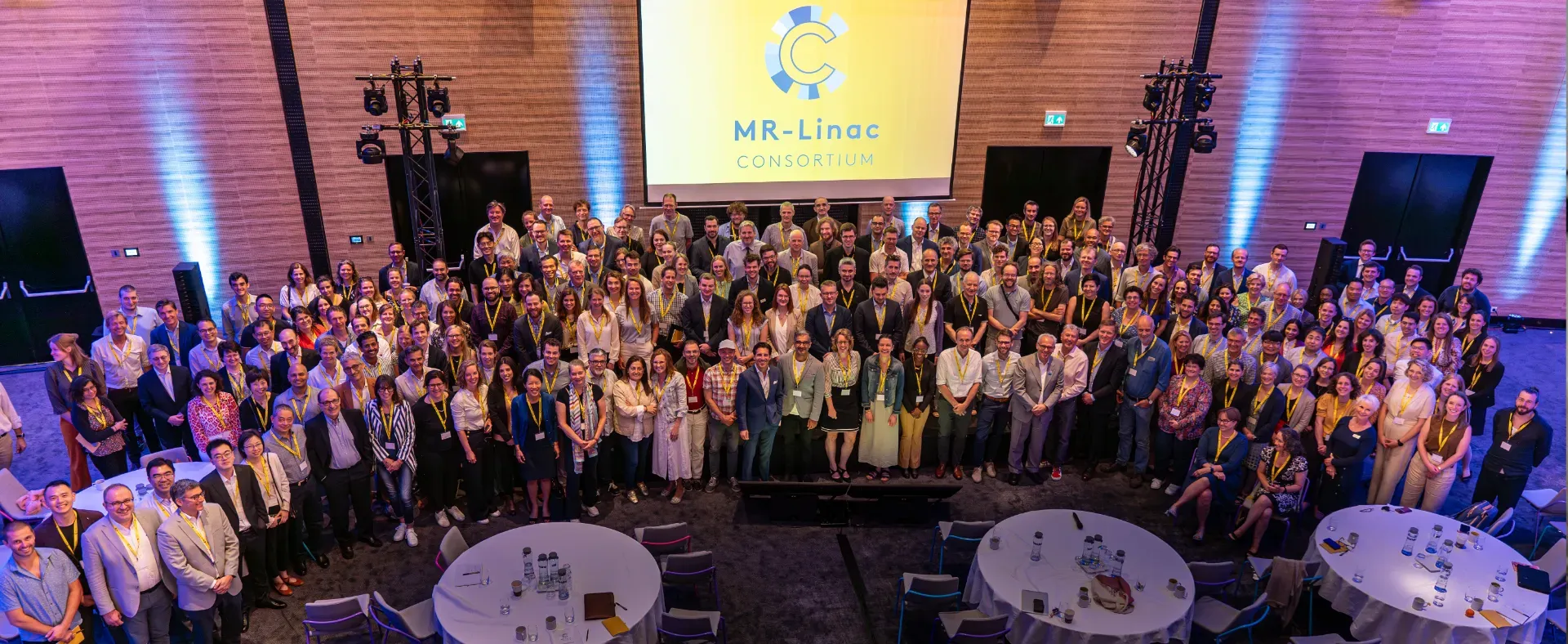
Biology-guided radiotherapy (BgRT): BgRT is a method to modify treatment based on the patient’s biology, i.e., how the tumor’s biological “footprint” can change over the treatment course. It can be a way to further personalize radiation therapy. The MR-Linac Consortium’s Biomarker Imaging Group is exploring this method and has provided recommendations to standardize ADC measurements on Unity. The MOMENTUM trial has already collected over 10,000 DWI scans. Two of the meeting abstracts on BgRT received awards:
- DWI and tensor imaging on Elekta Unity for glioma radiotherapy: Diffusion-weighted images provide insight that enables clinicians to escalate the dose to regions of restricted diffusion, thus potentially delaying progression. Target adaptation could also be guided by identifying the white matter tumor infiltration using tensor imaging Weekly MRI-Linac DTI achieved sufficient image quality to detect peritumoral FA changes.
- Oxygen-enhanced MRI assessment of radiotherapy-induced treatment effects in head-and-neck cancer: Oxygen-enhanced (OE)-MRI shows promise as a non-invasive method to quantify hypoxia. The tumor’s sensitivity/insensitivity to oxygen changes could be used as a biomarker during radiotherapy.
Automatic Elekta Unity gating and intrafraction drift correction: At University Medical Center Utrecht (UMCU), gated SBRT for upper-abdominal tumors was successfully delivered on the first patients on Elekta Unity using 2D sagittal and coronal cine MR. The treatment was well-tolerated by the patients and on-table time was shorter than for non-gated treatments, primarily because 3D verification MRIs were unnecessary.
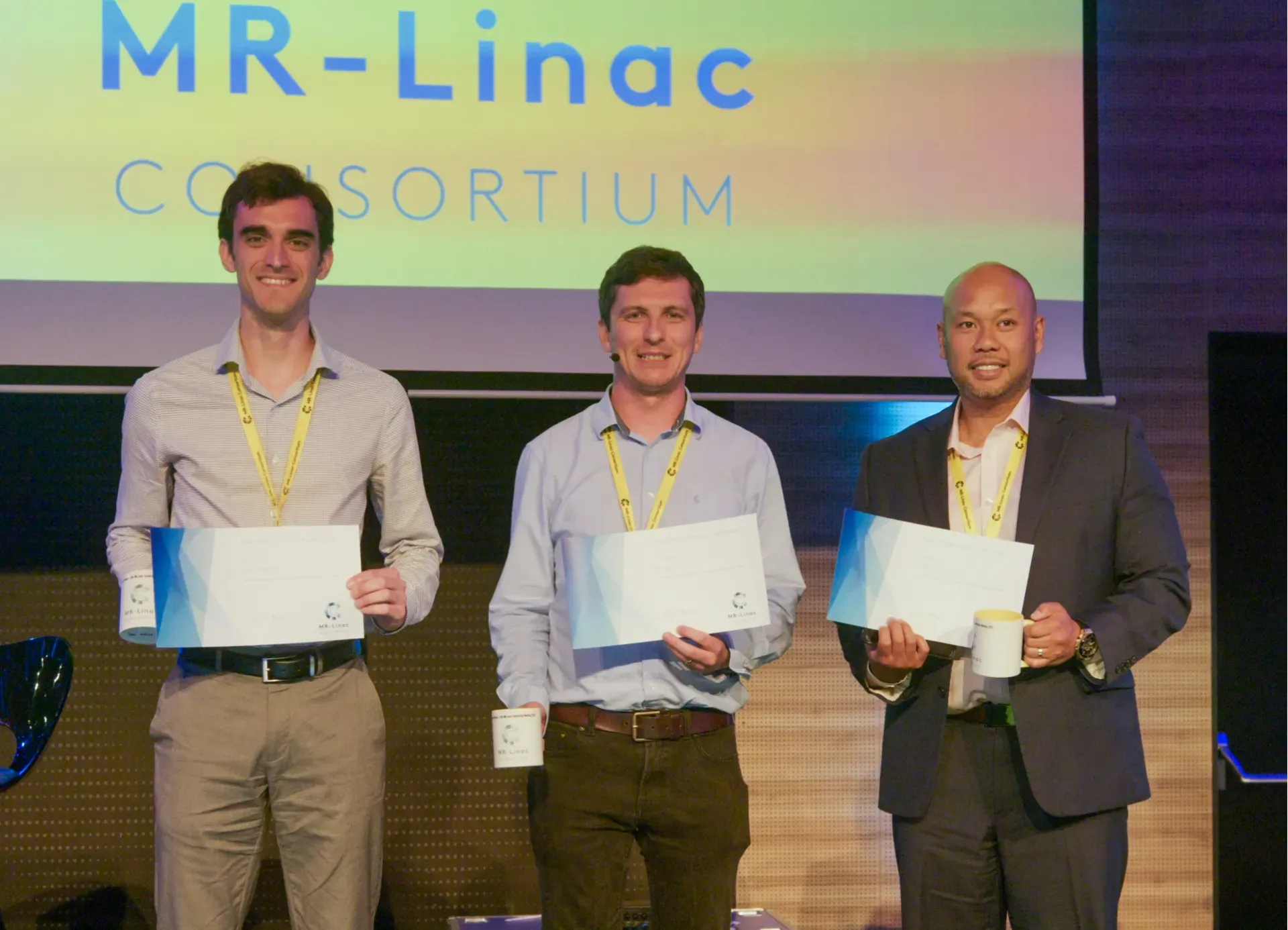
“One of the key achievements of the MR-Linac Consortium is that we’ve brought together a range of different centers, different disciplines, doctors, physicists and radiographers with a common mission to improve patient care.”
“One of the key achievements of the MR-Linac Consortium is that we’ve brought together a range of different centers, different disciplines, doctors, physicists and radiographers with a common mission to improve patient care,” Dr. Tree says. “And we’ve done that through sharing best practices. It’s been a lovely consortium to be part of because it has been very collaborative and there is a high level of trust.”
Underlining the global footprint of MRgRT, the next MR-Linac Consortium meeting will take place in Singapore in November 2024.
Learn more about Elekta Unity.
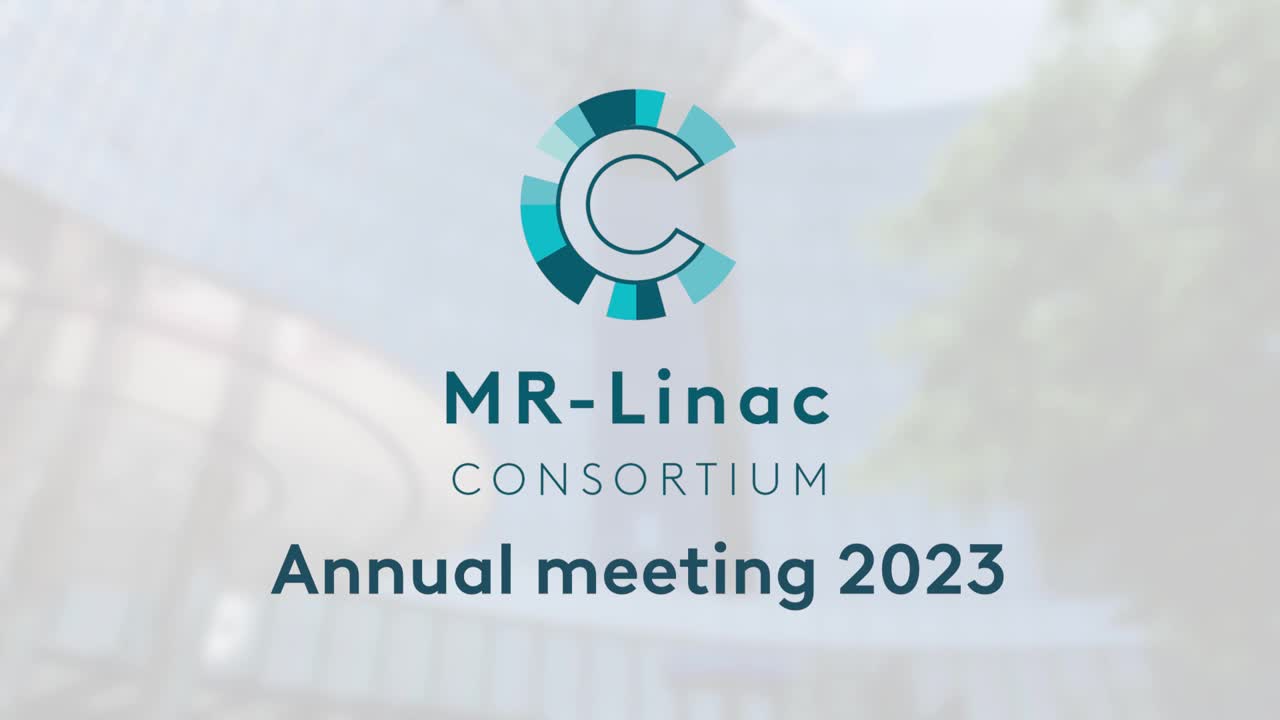
Highlights from the MR-Linac Consortium meeting.
LARMRL230709
